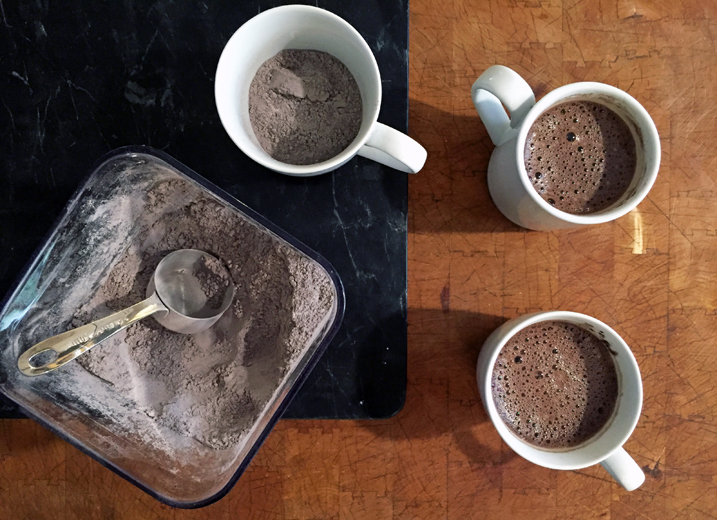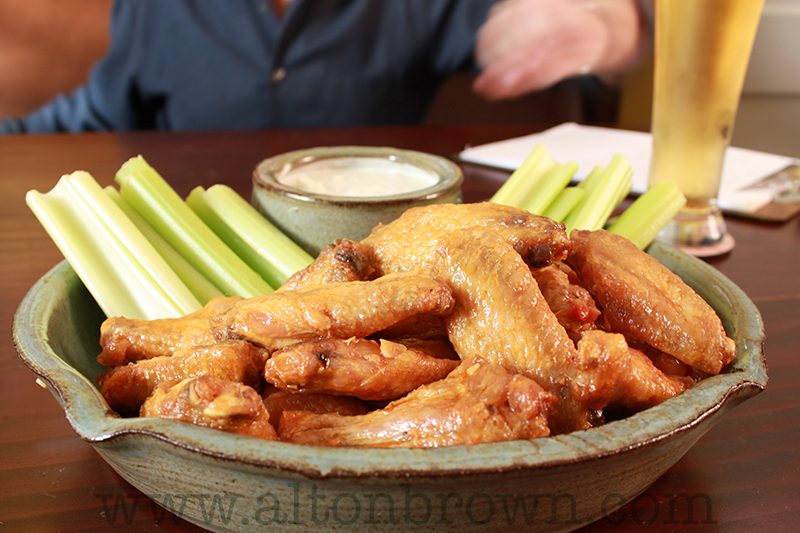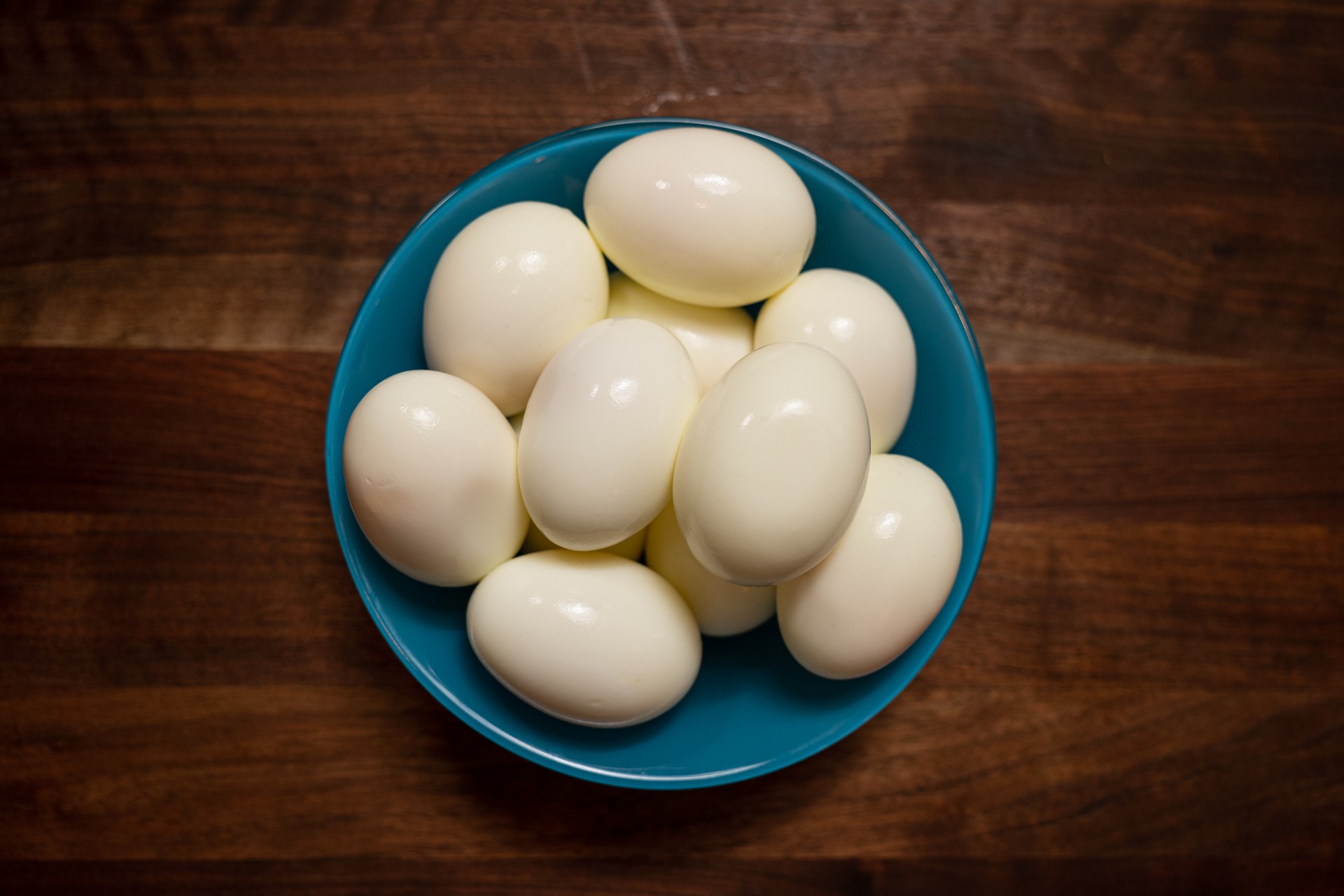

SEARCH

I miss going to the movies. I miss the usher with the bad clip-on tie, the squeaky seats, the sticky floors, the lights going down, the previews, the feature. I miss laughing in the dark with strangers, and forgetting about the world for a couple of hours…or at least ninety minutes.
But what I don’t miss is popcorn.
That’s because home-made popcorn is about a thousand times better than most movie theater popcorn, and I know because I used to pop professionally for a 13-screen multiplex back in the 80s. Not only does home-popped taste better, it’s fun to make and no, you don’t need any special equipment.
Nope, great popcorn starts in the home, and no, I’m not talking about pre-packaged microwave popcorn, which even at its best is fairly wretched, if you ask me. So for national popcorn day 2021, let’s take a closer look at the only food I can think of that has to explode in order for us to eat it.
First, some science…
Ever wonder why popcorn pops? Two words: structure and pressure. Like most explosives, popcorn is all about the pressure of rapidly expanding gases rupturing a rigid, fragmenting enclosure.
First, there’s the pericarp. All grains have this hard outer shell, but in the case of popcorn, it is unusually hard. It’s also unique in that it can absorb and radiate high amounts of heat to the interior of the kernel without actually burning.
All grains also have an interior fuel tank, or endosperm, composed of two different types of starch: hard and soft. Popcorn, however, possesses an unusually high percentage of the hard type of starch compared to other types of corn.
The last ingredient it needs is water (ideally about 14 percent) to act as an explosive agent.
When heat is applied, the water inside turns to steam, which in turn creates a tremendous amount of pressure inside the kernel. Eventually, the steam combines with the starch to create something akin to lava. When the pressure finally reaches a critical point, the kernel explodes. The pericarp ruptures, spewing hot liquid starch in every direction. As the pressure is released, the corn-lava cools and sets into these curious shapes, no two of which are alike, all of which are delicious.
Now, the tasty stuff…
When it comes to making homemade popcorn, we prefer simplicity over complicated gadgets (aka, unitaskers…). All you need to make perfectly popped popcorn is a big ol’ heavy-bottomed bowl, some fat, and a little salt.
What kind of fat, you ask? We like to use either peanut oil for its high smoke point or ghee for flavor. Whatever you do, do NOT use butter. The milk solids in the butter will burn in the bottom of the bowl, rendering your freshly popped corn basically inedible.
As for the salt, we highly recommend adding it before popping to ensure proper coverage and a practically perfect dissemination of flavor. And when it comes to additional toppings, some of our favorites include nutritional yeast, Japanese furikake, and sifted cheese powder.
Here’s how we do it.
Darn Near-Perfect Popcorn
A big bowl and a few pantry staples are all you need to make (almost) perfectly popped popcorn every time.
Triple Cheese Popcorn
Be forewarned, this super cheesy, buttery mix is extremely habit forming. Placing it on popcorn only makes it better… I mean, worse.
Kettle Corn
Our hack for making sweet and salty county fair-style popcorn at home. Is it healthy? No, but it’s darned delicious.
Popcorn Balls
These crunchy, candied balls with cocoa nibs are a sweet way to use up leftover popcorn.
Oh, and one more thing: Popcorn doesn’t last forever, just so you know. It does eventually dry out, but typically, you’ve got a few years to use up those kernels. All you need is for that moisture to still be locked in.





















